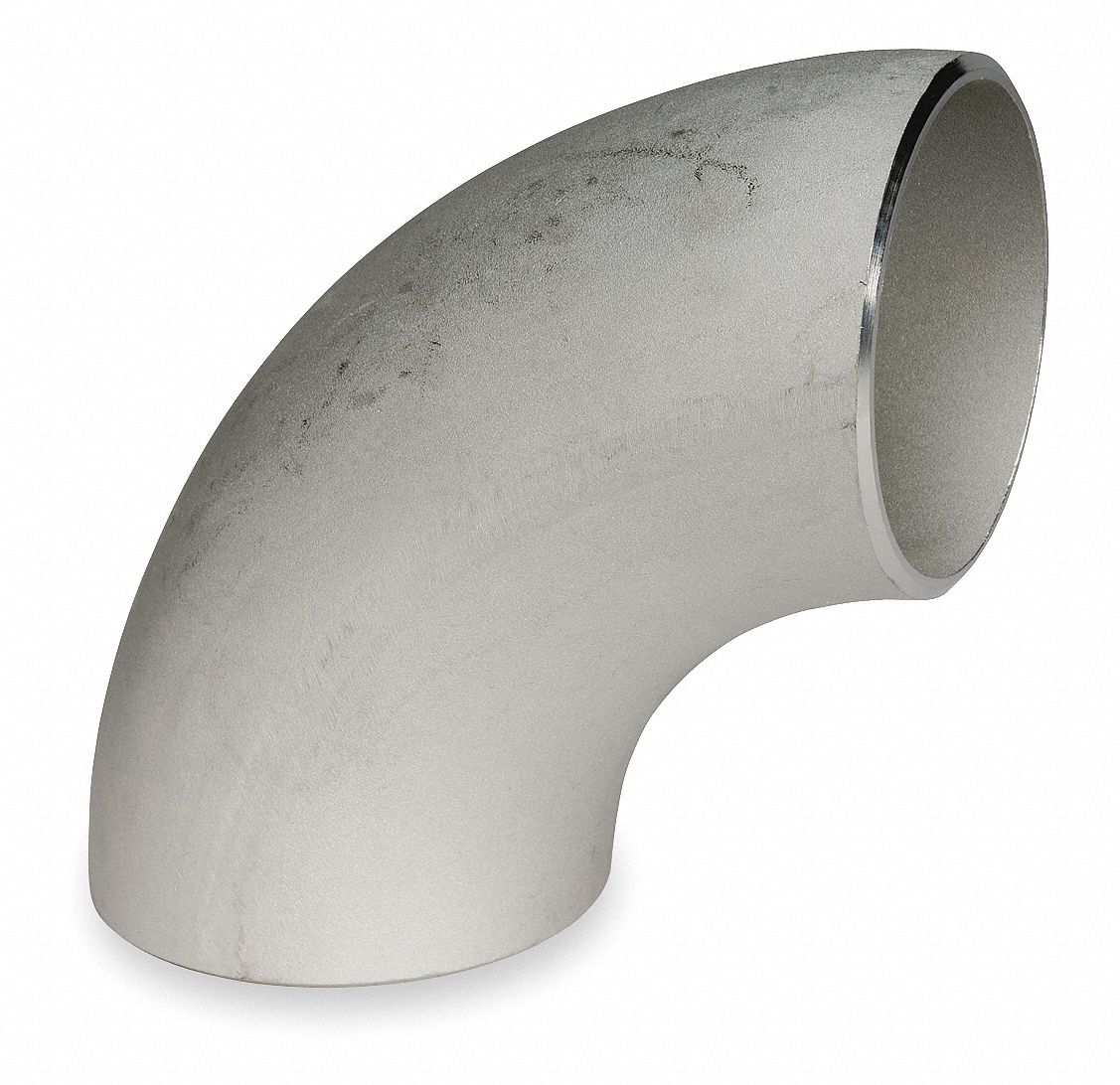-
Cangzhou Yulong Steel Co., Ltd.
-
Phone:
+86 13303177267 -
Email:
admin@ylsteelfittings.com
- English
- Arabic
- Italian
- Spanish
- Portuguese
- German
- kazakh
- Persian
- Greek
- French
- Russian
- Polish
- Thai
- Indonesian
- Vietnamese
- Zulu
- Korean
- Uzbek
- Hindi
- Serbian
- Malay
- Ukrainian
- Gujarati
- Haitian Creole
- hausa
- hawaiian
- Hebrew
- Miao
- Hungarian
- Icelandic
- igbo
- irish
- Japanese
- Javanese
- Kannada
- Khmer
- Rwandese
- Afrikaans
- Albanian
- Amharic
- Armenian
- Azerbaijani
- Basque
- Belarusian
- Bengali
- Bosnian
- Bulgarian
- Catalan
- Cebuano
- China
- China (Taiwan)
- Corsican
- Croatian
- Czech
- Danish
- Esperanto
- Estonian
- Finnish
- Frisian
- Galician
- Georgian
- Kurdish
- Kyrgyz
- Lao
- Latin
- Latvian
- Lithuanian
- Luxembourgish
- Macedonian
- Malgashi
- Malayalam
- Maltese
- Maori
- Marathi
- Mongolian
- Myanmar
- Nepali
- Norwegian
- Norwegian
- Occitan
- Pashto
- Dutch
- Punjabi
- Romanian
- Samoan
- Scottish Gaelic
- Sesotho
- Shona
- Sindhi
- Sinhala
- Slovak
- Slovenian
- Somali
- Sundanese
- Swahili
- Swedish
- Tagalog
- Tajik
- Tamil
- Tatar
- Telugu
- Turkish
- Turkmen
- Urdu
- Uighur
- Welsh
- Bantu
- Yiddish
- Yoruba

Nov . 11, 2024 18:58 Back to list
4 inch 90 degree elbow
Understanding 4 90-Degree Elbows A Comprehensive Guide
In the field of plumbing and piping systems, fittings play a critical role in piping layout and design. Among the various types of fittings, the 90-degree elbow is one of the most commonly used. A 4-inch 90-degree elbow, in particular, is crucial for redirecting the flow of fluids or gases in a piping system. In this article, we will delve into the specifics of 4-inch 90-degree elbows, exploring their applications, materials, installation, and advantages.
What is a 4-Inch 90-Degree Elbow?
A 4-inch 90-degree elbow is a type of fitting used in piping systems to change the direction of the pipe by 90 degrees. The 4-inch specification indicates the nominal pipe size that the fitting can accommodate. The elbow is designed to connect two segments of pipe, allowing for a turn in the piping system without the need for additional fittings. The 90-degree angle enables efficient flow management, making it essential in various plumbing and industrial applications.
Applications
The 4-inch 90-degree elbow is widely used in both residential and industrial plumbing systems. In residential settings, it is often employed in drainage, waste, and vent (DWV) systems. For example, when transitioning from horizontal pipes to vertical stacks, a 90-degree elbow ensures smooth fluid flow while minimizing turbulence, which can lead to clogs.
In industrial applications, these elbows are essential in process piping systems, where the movement of liquids and gases must be precisely controlled. You can find 90-degree elbows in systems for chemical processing, HVAC installations, and irrigation systems, where they facilitate directional changes while maintaining proper flow rates and pressure.
Materials
The material of a 4-inch 90-degree elbow is critical in determining its applicability and durability. Common materials include
- PVC (Polyvinyl Chloride) Lightweight and corrosion-resistant, PVC elbows are suitable for drainage and venting applications.
- CPVC (Chlorinated Polyvinyl Chloride) Similar to PVC but can handle higher temperatures, making it an ideal choice for hot water applications.
- ABS (Acrylonitrile Butadiene Styrene) This material is often used in residential drainage and is known for its strength and resistance to impact and abrasion.
- Metal (Steel, Copper, etc.) Metal elbows are often used in industrial applications where high pressure and temperature are involved. They are durable and capable of handling a variety of fluids, including those that are corrosive or high in temperature.
4 inch 90 degree elbow

Installation
Installing a 4-inch 90-degree elbow requires careful planning to ensure that the system's integrity and efficiency are maintained
. Here are some general steps for installation1. Planning the Layout Before installation, plan the layout of the piping system to determine where the elbow will be placed. Consider the flow direction and any spacing regulations.
2. Cutting the Pipe Cut the two pipe ends that will connect to the elbow. Ensure that the cuts are clean and straight to facilitate a better seal.
3. Deburring Remove any burrs or sharp edges from the cut ends of the pipes to prevent leaks and ensure a good fit with the elbow.
4. Joining Depending on the material, the proper joining technique should be used. For PVC, solvent cement is common, while welded joints are used for metal pipes.
5. Testing After installation, it’s imperative to test the system for leaks and ensure proper flow in the desired direction.
Advantages
Using a 4-inch 90-degree elbow offers several advantages
- Space Efficiency They allow for directional changes within a confined space, making them ideal for compact installations.
- Reduced Pressure Drop A well-designed 90-degree elbow can minimize pressure loss compared to other methods of changing directions, thereby enhancing system efficiency.
- Variety of Materials The choice of materials offers flexibility in selecting the right fitting for the application, considering factors like fluid type, temperature, and pressure conditions.
In conclusion, a 4-inch 90-degree elbow is an essential component in many piping systems, playing a crucial role in fluid dynamics. Understanding its applications, materials, installation, and advantages can greatly enhance the efficiency and longevity of plumbing and piping projects. Whether for residential or industrial use, choosing the right elbow fitting ensures that your system runs smoothly and effectively.
Latest news
-
ANSI 150P SS304 SO FLANGE
NewsFeb.14,2025
-
ASTM A333GR6 STEEL PIPE
NewsJan.20,2025
-
ANSI B16.5 WELDING NECK FLANGE
NewsJan.15,2026
-
ANSI B16.5 SLIP-ON FLANGE
NewsApr.19,2024
-
SABS 1123 FLANGE
NewsJan.15,2025
-
DIN86044 PLATE FLANGE
NewsApr.19,2024
-
DIN2527 BLIND FLANGE
NewsApr.12,2024
-
JIS B2311 Butt-Welding Fittings LR/SR 45°/90° /180°Seamless/Weld
NewsApr.23,2024











